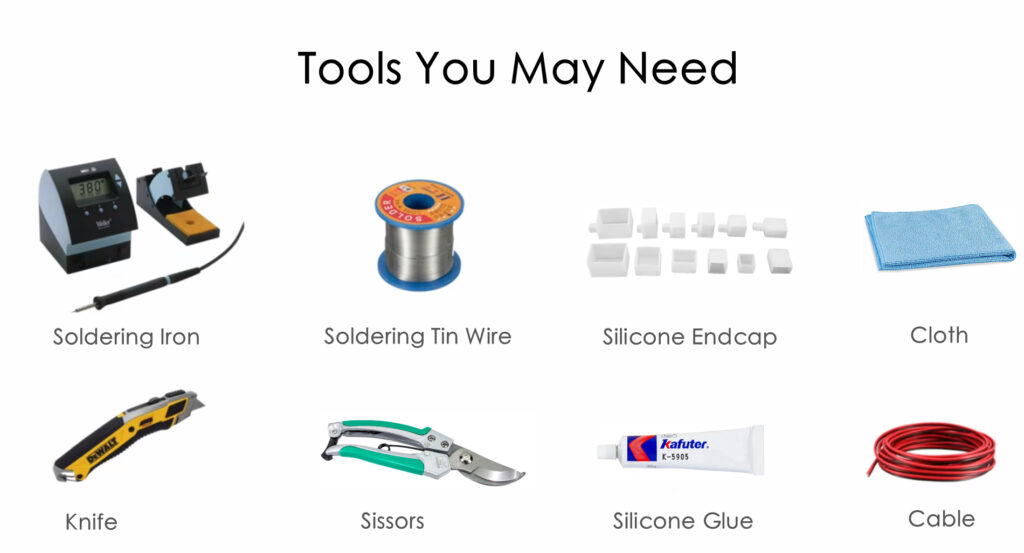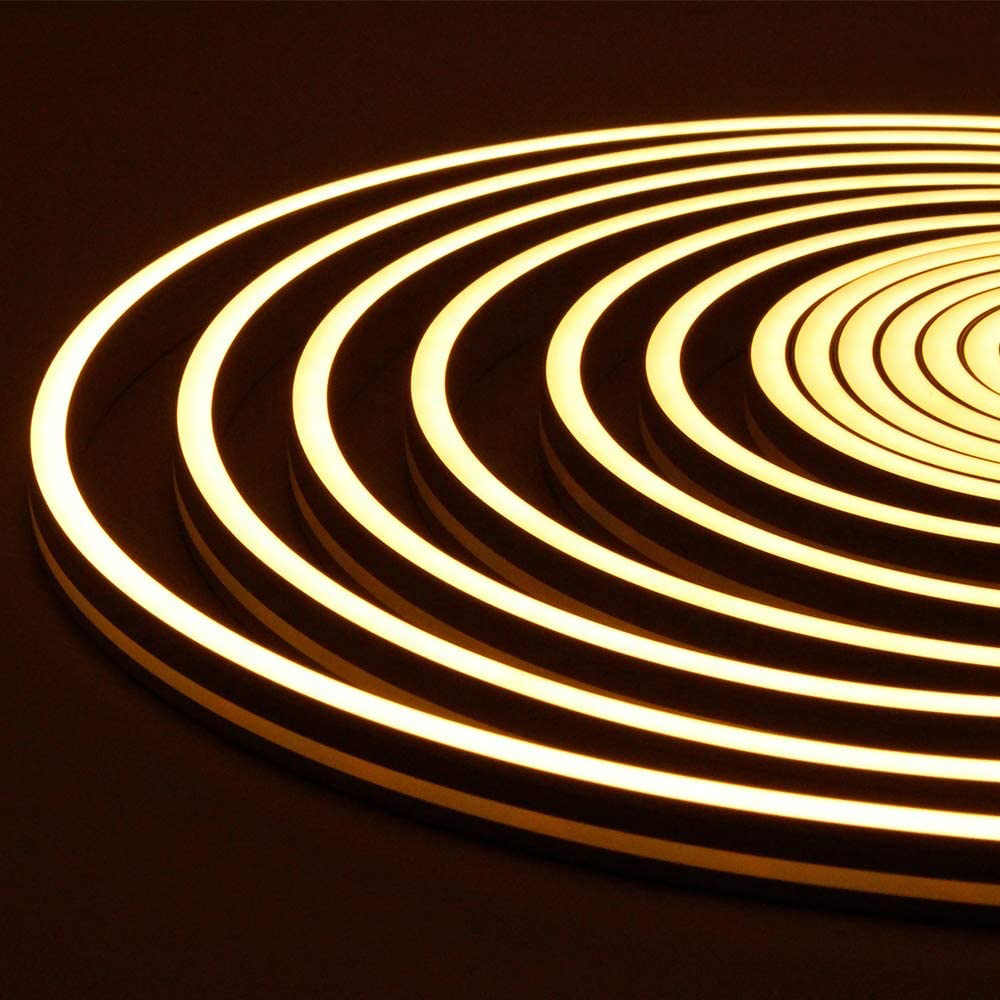Mastering the Art of Cutting and Connecting LED Neon Strip Lights
In the realm of modern lighting solutions, LED neon strip lights have emerged as the ultimate choice for adding ambiance and flair to any space. These flexible and energy-efficient lights offer endless possibilities for customization, but mastering the techniques of cutting and connecting them can elevate your lighting game to new heights. Whether you’re a DIY enthusiast or a professional looking to perfect your skills, here’s a comprehensive guide on how to cut and connect LED neon strip lights effectively.
Understanding LED Neon Strip Lights
Before diving into the cutting and connecting process, it’s essential to grasp the basics of LED neon strip lights. Unlike traditional neon lights, LED neon strips are made of flexible PCB material embedded with tiny LEDs, which emit bright and uniform light. They come in various colors and are often encased in a silicone or PVC sleeve for protection.
Tools Needed

• LED Neon Strip Lights
Choose the type and color of LED rope light that best suits your project.
• Scissors or Cutting Tool
Ensure they are sharp enough and suitable for cutting through the silicone tube and PCB.
• Soldering Iron and Solder
For connecting wires and ensuring a secure electrical connection.
• Silicone Glue and Endcaps
To seal the endcaps with silicone glue. We suggest Kafuter branded silicone glue as it is super sticky.
• Knife
To cut the edge of small pieces on neon strip light.
• Cable
To strip the insulation from wires for soldering.
• Cloth
To wipe up the spilled silicone.
Step-by-Step Guide
1. Cutting LED Neon Strip Lights
Measure Twice, Cut Once: Before cutting, carefully measure where you want to make the cut. LED neon strips typically have designated cut points marked with scissors icons.
Cutting Technique: Use sharp scissors or a cutting tool to trim the strip at the marked cut points. Ensure to cut straight through both the PCB and the silicone casing to maintain integrity.
2. Connecting LED Neon Strip Lights
Preparing the Ends: Once cut, expose the copper pads at the ends of the LED neon strip by peeling back the silicone casing carefully.
Soldering Wires: If extending the strip or connecting to a power source, use a soldering iron to attach wires to the copper pads. Tin both the pads and the wires before soldering for a secure connection.
Using Connectors: For simpler installations or when connecting multiple strips, use connectors designed for LED strips. These connectors snap or slide onto the ends of the strips, providing a quick and secure connection.
3. Testing and Installation
Test Before Finalizing: Before mounting or securing the neon strips in place, test the connections by powering them up briefly. This ensures everything is properly connected and functioning.
Mounting: Use adhesive backing or mounting clips to affix the LED neon strips to your desired surface. Ensure the surface is clean and dry for optimal adhesion.
4. Safety Tips
Power Off When Working: Always disconnect the power source before cutting, soldering, or manipulating LED neon strip lights to avoid electrical hazards.
Avoid Over-bending: While LED neon strips are flexible, avoid bending them sharply or too frequently to prevent damage to the PCB or LEDs.
Video Tutorials
Conclusion
With these steps, you can confidently cut and connect LED neon strip lights to achieve stunning lighting effects in any environment. Whether you’re enhancing a home decor project, lighting up a commercial space, or adding ambiance to an event, LED neon strips offer the versatility and brilliance to bring your vision to life. Remember, practice makes perfect, so don’t hesitate to experiment and explore different ways to utilize these innovative lighting solutions.
Mastering the art of cutting and connecting LED neon strip lights isn’t just about technical skill—it’s about unlocking the ultimate potential of modern lighting design. Let your creativity shine with LED neon strip lights, and illuminate your world with style and efficiency!


